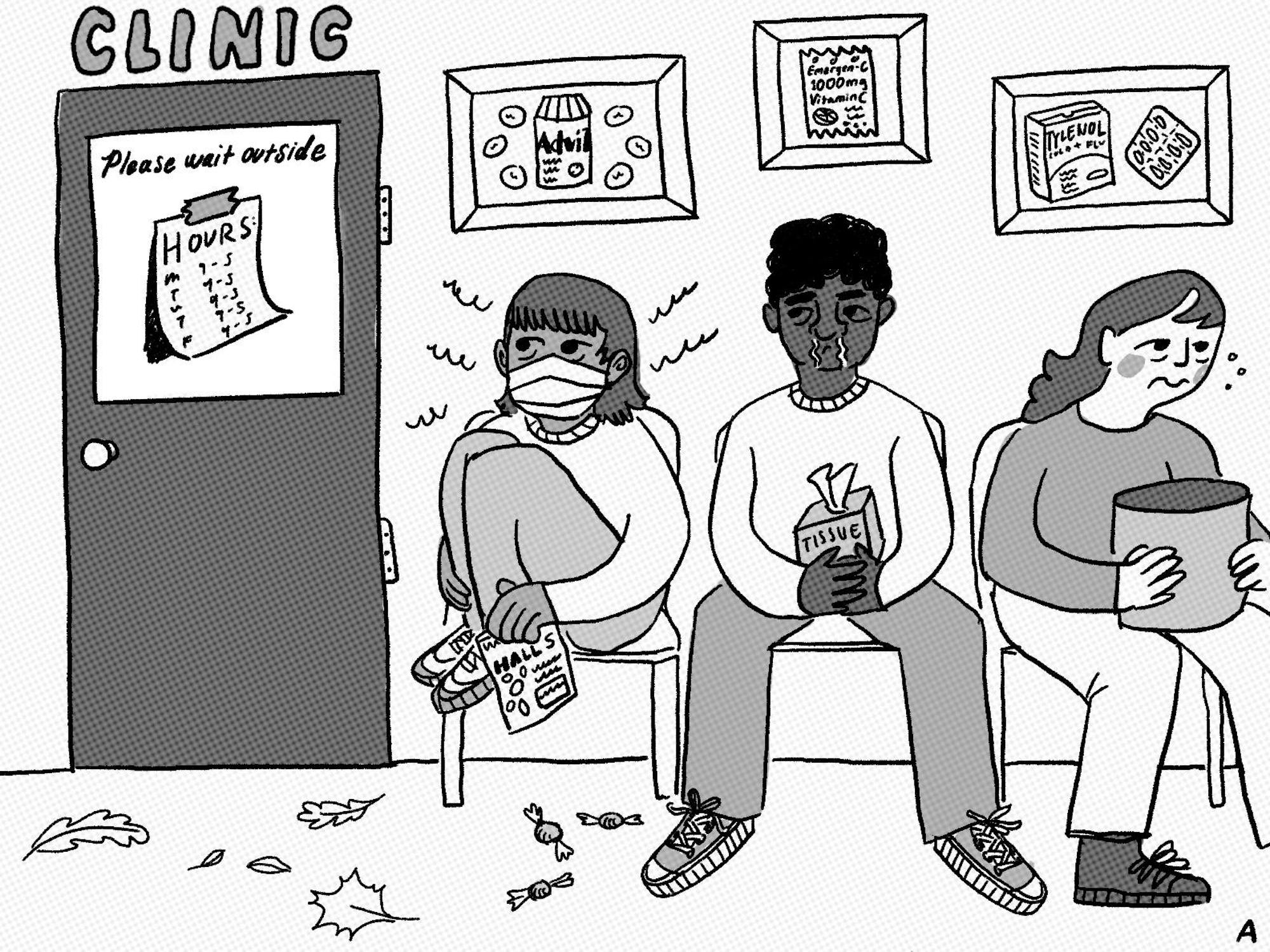For most women, medical training coincides with their reproductive prime. The average age to matriculate to a medical residency program is 27.5 years old. In 2016, a study found that 24.1% of female physicians attempting conception struggled with infertility, compared to 11% of the general female population in the U.S. When asked if study respondents would do anything differently, some subjects said they would have tried to have children sooner, chosen a different medical specialty or tried cryopreservation. In surgical specialties, 42% of providers reported pregnancy loss, and most of those doctors went right back to work.
A livable wage for physicians comes during their mid to late thirties. Oocyte cryopreservation, or freezing one’s eggs, may be a solution for so many women struggling with infertility. The process begins with a consultation with a reproductive endocrinologist, who will take sonographic images of your ovaries. Then, they will teach you to administer medications that will increase your number of eggs for later harvest. The caveat is the tedious nature of the process: One surgeon recounts having to scrub out of surgery at various points to self-administer injections that increase her egg count. After around two weeks, the eggs are harvested while under minimal sedation.
There are many other factors to consider when embarking on the journey of egg freezing. First, the cost of one egg freezing cycle can total close to $10,000. This price includes the appointments, medications and egg retrieval. Every year thereafter requires an additional fee that can range from $500–800. Additionally, the younger a person is, the better the outcome will be. A 31-year-old woman will have better success with cryopreservation than a 38-year-old. This process requires significant foresight.
Successful pregnancy requires strong social support before, during and after pregnancy. Medical training falls short in many or all of these categories. The lack of sleep, long work hours and constant stress make it hard to get pregnant in the first place. Once pregnant, residents are expected to work the same hours as their non-pregnant counterparts. After pregnancy, new policies have allowed more new parents to take familial leave without extending training; however, this parental leave remains largely unpaid. Furthermore, many medical students have little choice over where they will become residents, taking an “I will go where I am wanted” mentality. Thus, many residents have limited social support from families, unless they are lucky enough to obtain a match close to home.
Cryopreservation programs should be offered at residency programs and fully covered by the health insurance plans that are offered at each hospital. As women continue to thrive in the medical workforce, this option will allow women to focus on residency training without feeling the pressure of losing their fertility. A new program, Shady Grove Fertility, offers cryopreservation for surgical residents at a significantly discounted rate. While this is a start, cryopreservation should benefit residents across specialties, so women can navigate the complex intersection of their professional and reproductive journeys with greater ease.





